Researchers use in situ NMR spectroscopy to provide insight into silicon expansion in Li-ion batteries
Green Car Congress
FEBRUARY 4, 2014
A major barrier to the use of high energy capacity silicon in a lithium-ion battery is the volumetric expansion of silicon under lithiation and delithiation, which results in electrode degradation and capacity fade. Silicon (shown in grey) is capable of holding 10 times as many lithium ions (shown in pink) as currently-used anodes.




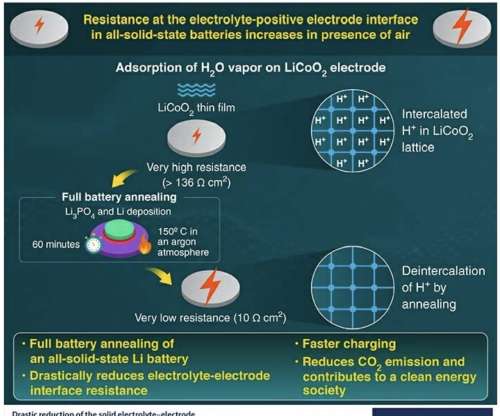


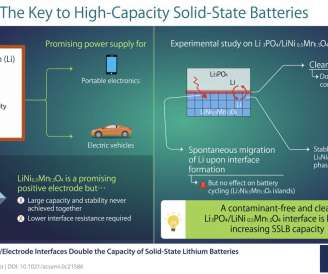






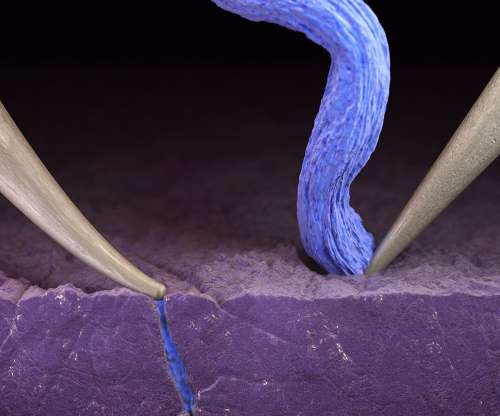

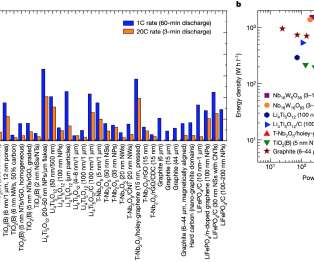













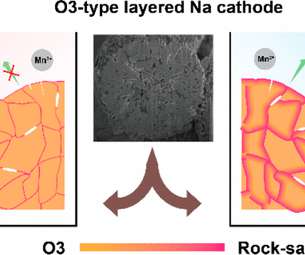










Let's personalize your content